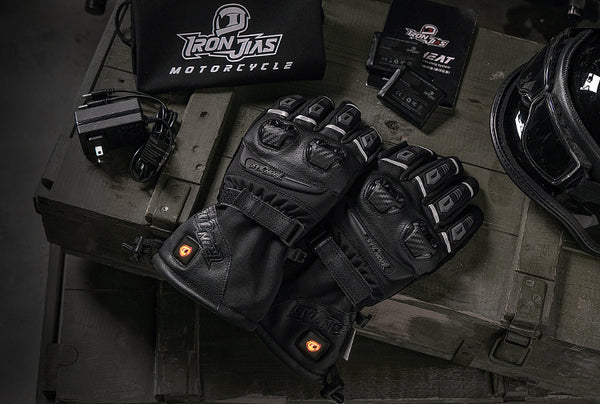
As we venture into the colder months of the year, staying warm becomes a necessity. However, it's not just about staying warm, but also about maintaining comfort and usability – especially for our hands. In this context, heated gloves have emerged as a remarkable piece of technology. But how do these gloves actually work? This article delves into the mechanics of heated gloves, providing a comprehensive understanding of their function and design.
The Concept of Heated Gloves
Heated gloves are no ordinary gloves. They incorporate advanced technology to provide warmth to the hands in cold conditions. At a fundamental level, they use a power source to heat a resistive element, which then radiates that heat to the hand. The heating element is often embedded within the fabric of the glove, ensuring even heat distribution.
The Heating Element
The heating element is the heart of the heated glove. It's commonly made of thin, flexible, and resistive wire that's integrated into the glove's fabric. This wire is typically made of materials like copper, nickel-chromium, or carbon fiber. When an electric current is passed through the wire, it resists the flow of electricity. This resistance creates heat, which is then spread throughout the glove.
Power Source
Heated gloves are powered by batteries. Most commonly, they use rechargeable lithium-ion batteries due to their high energy density and longevity. These batteries are usually stored in a pocket on the glove, keeping them out of the way during use. The batteries are connected to a controller, which allows the user to adjust the level of heat generated by the gloves.
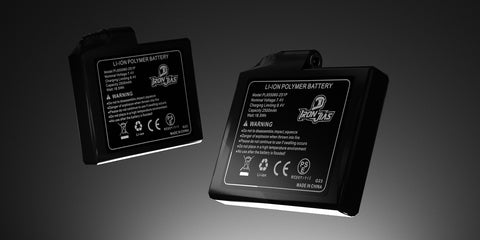
Controller
The controller is a key component of heated gloves. It lets users adjust the temperature to their preference. Most controllers offer multiple heat settings, providing the flexibility to adapt to varying environmental conditions and personal comfort levels. The controller regulates the current passing through the heating element, thus controlling the amount of heat produced.
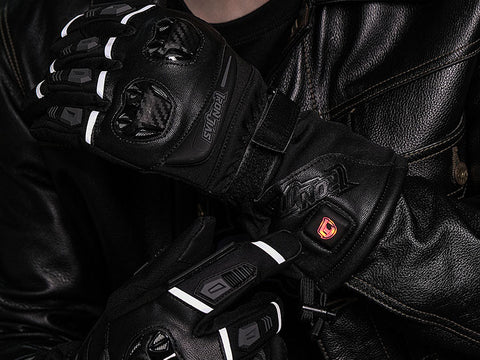
Construction and Material
The construction of heated gloves is designed to maximize comfort, safety, and warmth. The outer layer of the gloves is usually made of durable and water-resistant material like leather or synthetic fabrics to protect against the elements. The interior is often lined with a soft and insulating material to retain heat and provide comfort. Between these layers, the heating element and insulation are carefully placed to distribute heat evenly and prevent hot spots.
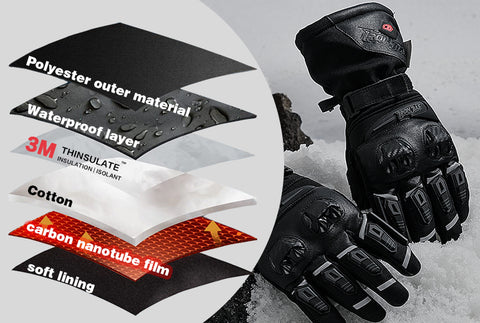
Safety Measures
Safety is a crucial aspect of heated gloves. To prevent overheating, many gloves are equipped with a thermostat or a thermal fuse. A thermostat shuts off the power when a certain temperature is reached, and a thermal fuse cuts off the power in the event of a malfunction, preventing any potential risk of fire or burns.
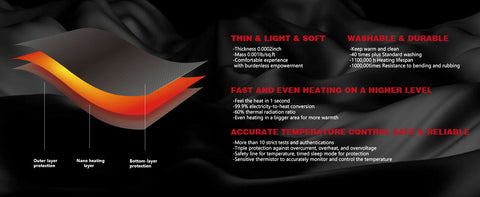
Final Thoughts
Heated gloves are a technological marvel that makes life more comfortable in cold weather. They leverage the principles of electrical resistance and battery power to deliver warmth to the hands, while their thoughtful construction ensures comfort and safety. As technology continues to advance, it's exciting to think about what innovations we'll see next in the world of heated gloves.
Indeed, the magic of heated gloves lies in the blend of technology and practicality. By understanding their intricacies, we can appreciate the ingenuity behind this invention, as well as the comfort and convenience they provide during the cold months. So, the next time you slip on a pair of heated gloves, remember the fascinating science and engineering that's keeping your hands warm.


